Updated: 15 January 2024 by Sylwia (MyCrochetory)
Learn the crochet basics with this easy-to-follow guide on how to slip stitch in crochet. This comprehensive tutorial covers step-by-step instructions and expert tips.
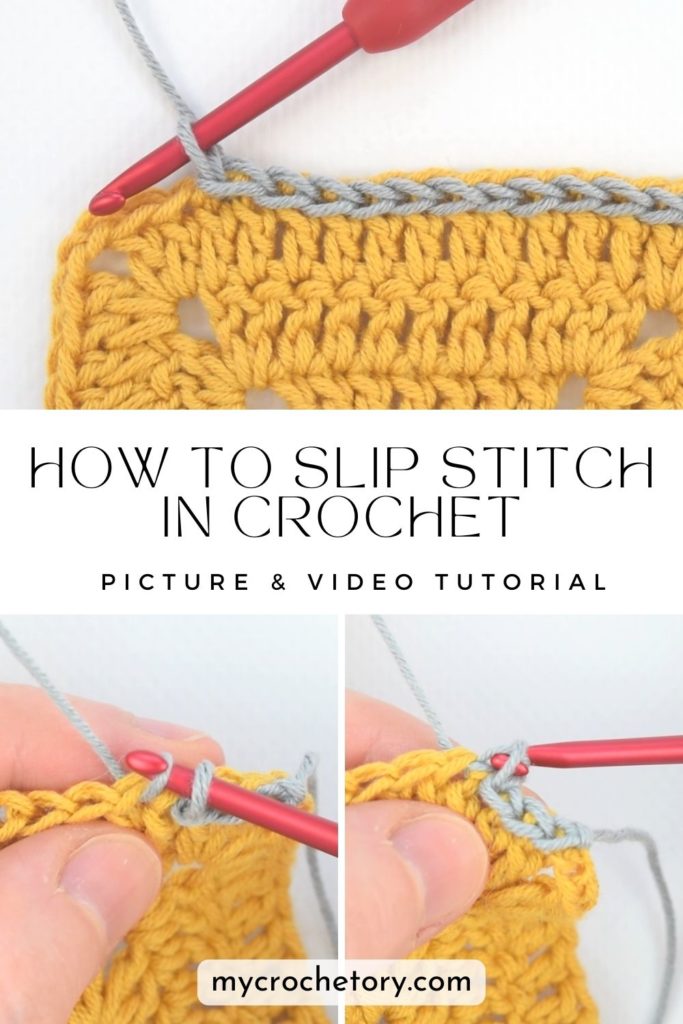
Ready to learn something cool? Today, we’re talking about something super important in crochet – the slip stitch.
It’s like the glue that holds everything together in crochet.
The slip stitch is a basic crochet skill, and you’ll find it in almost every crochet pattern. It’s not fancy, but it’s mighty useful.
Why is the slip stitch so cool? Well, you can use it for lots of things in crochet, like connecting rounds, joining pieces together, and making edges look awesome.
Ready to give it a go? Grab your crochet hook, and let’s make some magic with the slip stitch.
In this guide, I’ll keep it simple and take you through each step. The slip stitch is here to make your crochet life easier and your projects even cooler.
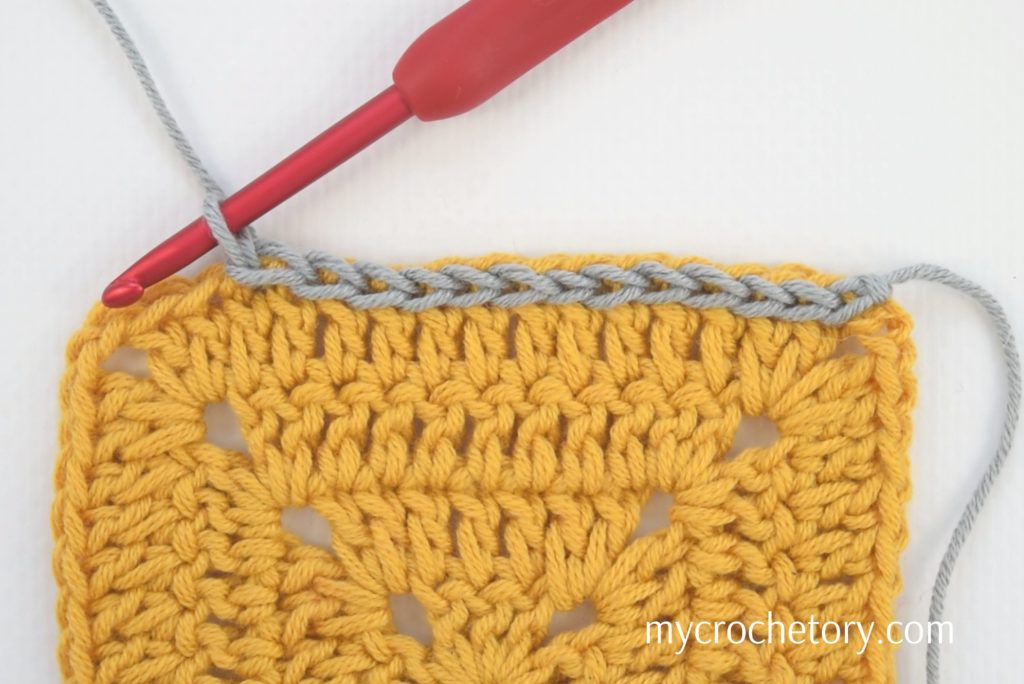
What is Slip Stitch in Crochet?
If you’re just starting your crochet adventure, understanding the slip stitch is like finding the key to a crochet puzzle. This simple yet essential stitch plays a vital role in creating various crochet projects.
Anatomy
The slip stitch is the smallest of crochet stitches, often described as a quiet achiever in the crochet family.
To create it, insert your hook into the designated stitch, yarn over, and pull through both loops on the hook.
This results in a discreet, low-profile stitch that blends seamlessly into your work.
Height and Abbreviation
In terms of height, the slip stitch is the shortest among crochet stitches. Abbreviated as “sl st” in crochet patterns, it’s easy to spot and incorporate into your projects.
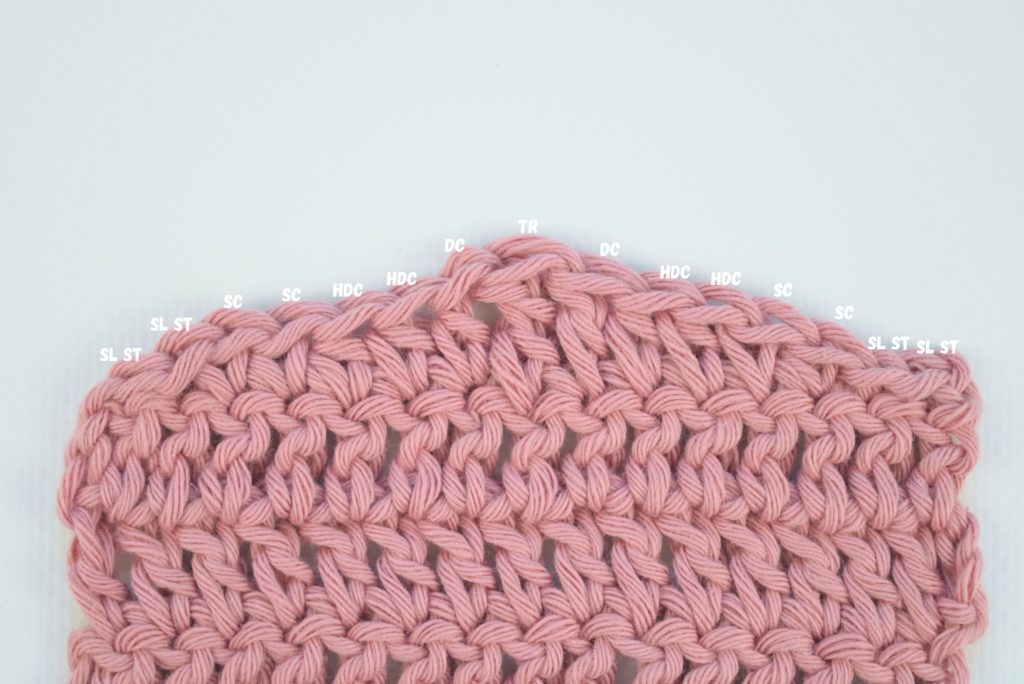
Symbol in the Chart
When reading crochet charts, the slip stitch is commonly represented by a small dot. Keep an eye out for this symbol to know when to work the slip stitch in your pattern.
Differences Between Other Stitches
Compared to its crochet relatives like single crochet or double crochet, the slip stitch is distinct in its subtlety.
While it might seem humble, its role is crucial for creating a neat and even fabric.
Unlike other stitches, the slip stitch doesn’t add much height, making it ideal for joining pieces or creating a smooth edge.
Fabric it Creates
The slip stitch might be small, but its impact on fabric is significant. It creates a tight and dense texture, making it perfect for projects that require stability and structure.
If you’re aiming for a fabric that’s not too thick but still sturdy, the slip stitch is your go-to stitch.
Turning Chain
In crochet, you may be told to start a row with a turning chain. This is a simple way to create a neat edge and set up the next row.
Importantly, the turning chain doesn’t count as a stitch; it’s there to help maintain structure without adding an extra stitch.
How to Slip Stitch In Crochet – Step-by-Step Guide
Let’s get started on the basics of the slip stitch in crochet – it’s simpler than you might think!
The slip stitch is like the helper of stitches, and here’s a quick guide on how to do it.
Step 1: Begin by putting your crochet hook into the stitch where you want to make the slip stitch.
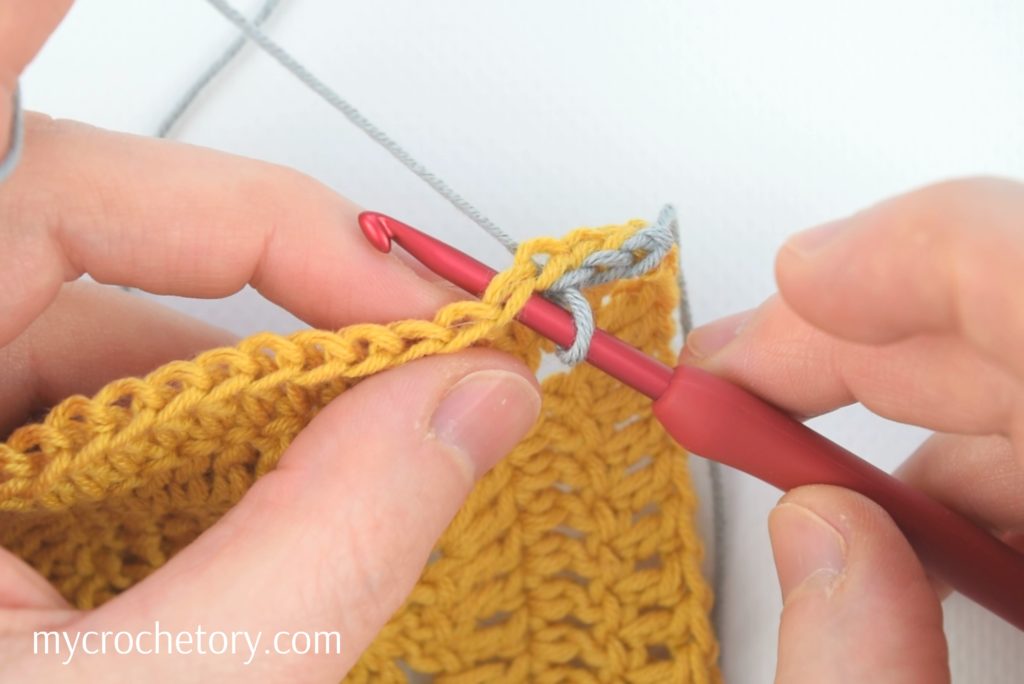
Step 2: Next, wrap the yarn around your hook from back to front, creating a little loop.

Step 3: Now comes the easy part! Pull the wrapped yarn through both the stitch and the loop already on your hook.
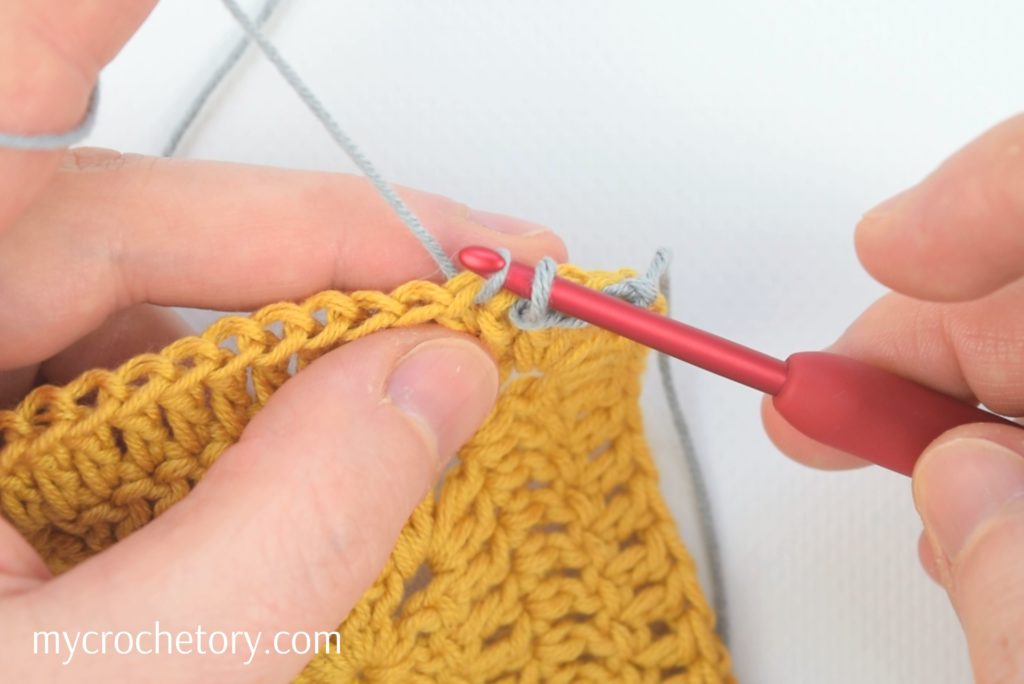
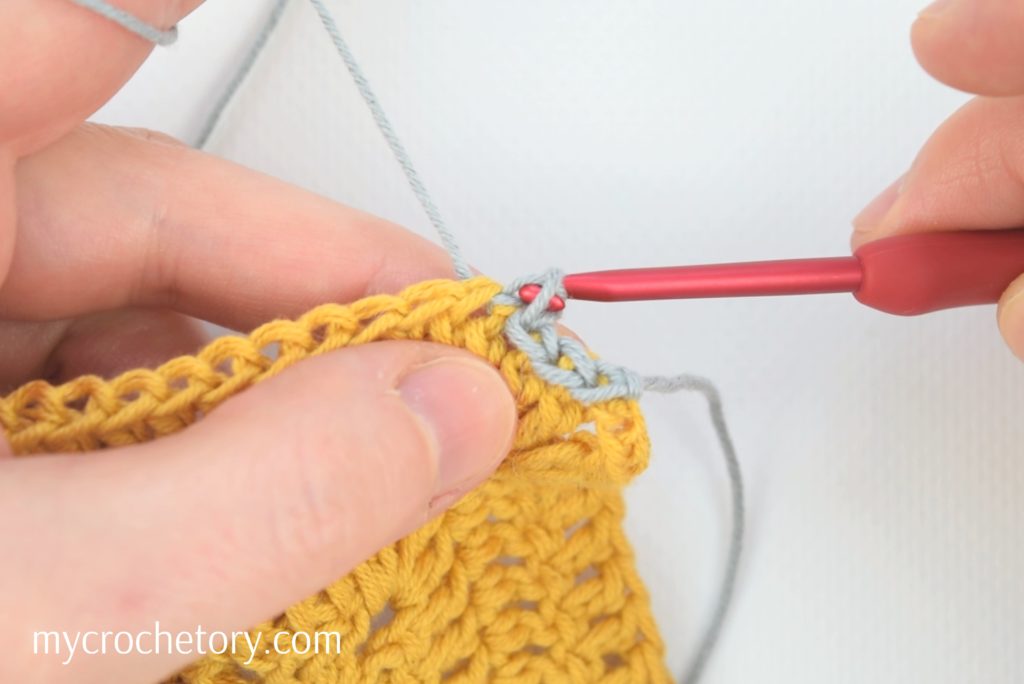

Step 4: Repeat these steps for each stitch you want to slip stitch. Insert, yarn over, and pull through.
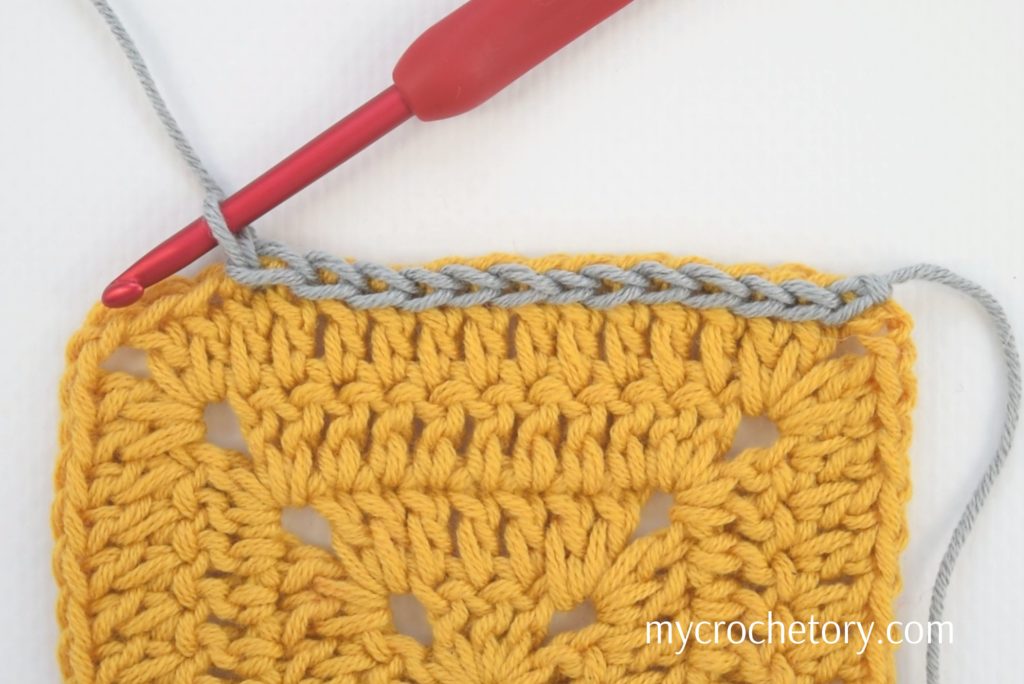
Remember, practice makes perfect! Try slip stitching on a small project first, like a dishcloth or a simple square. Before you know it, you’ll be slip stitching like a crochet pro!
How to Slip Stitch In Crochet – Video Tutorial
For those who prefer visual learning, check out my easy-to-follow video tutorial.
Follow along as I guide you through each step, ensuring you learn how to slip stitch in crochet effortlessly. Watch, rewind, and master the slip stitch at your own pace.
In this video tutorial, not only will you receive detailed step-by-step instructions on how to crochet slip stitches, but you’ll also discover the versatile uses of slip stitches in crochet. Here’s what you’ll learn:
- Joining Pieces Together
- Joining Rounds
- Surface Crochet
TIP: To view this crochet slip stitch video tutorial properly, please disable any ad-blocker you have running.
Uses of Slip Stitch in Crochet
The slip stitch in crochet is like a helpful friend that can make your projects even better.
Let’s explore FOUR practical uses of the slip stitch and see how it can add a special touch to your creations.
Joining Pieces Together
One of the most useful things about the slip stitch is its knack for seamlessly connecting pieces.
If you’re working on a blanket or a garment with multiple parts, the slip stitch is your secret weapon. Insert your hook, yarn over, and pull through – voila!
You’ve created a neat, invisible seam. No one will know where one piece ends and the other begins.
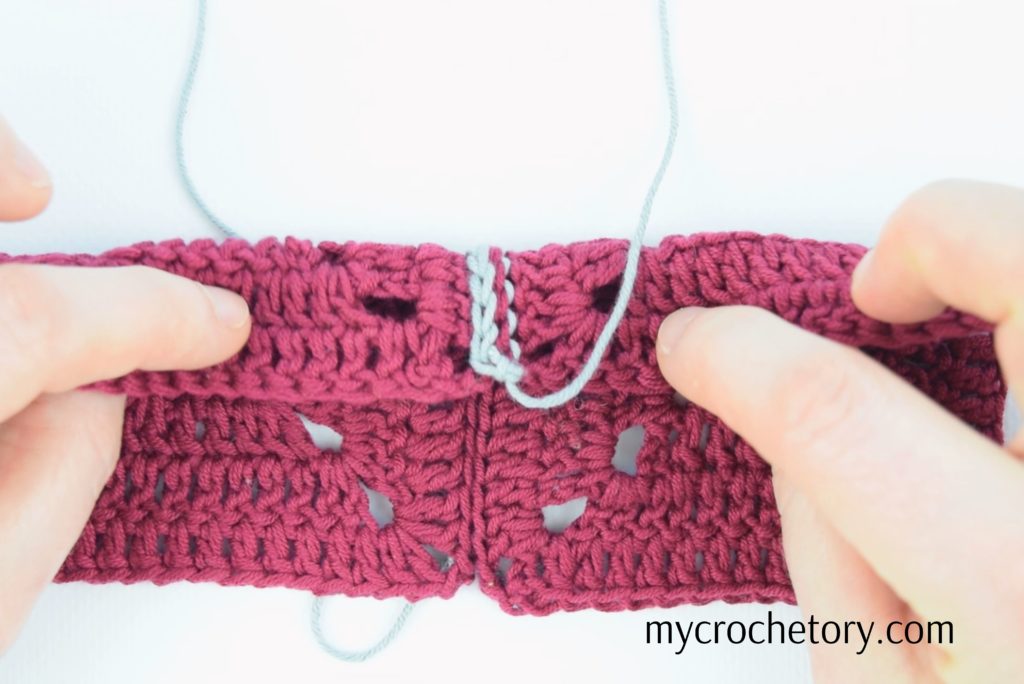
Neat Finishing
Ever wondered how some crochet projects look so polished and tidy? That’s the magic of the slip stitch.
Use it to tidy up the edges of your work, giving it a clean and professional appearance.
Simply slip stitch along the border, and you’ll have a finished project that looks like it came straight out of a crochet pro’s hands.
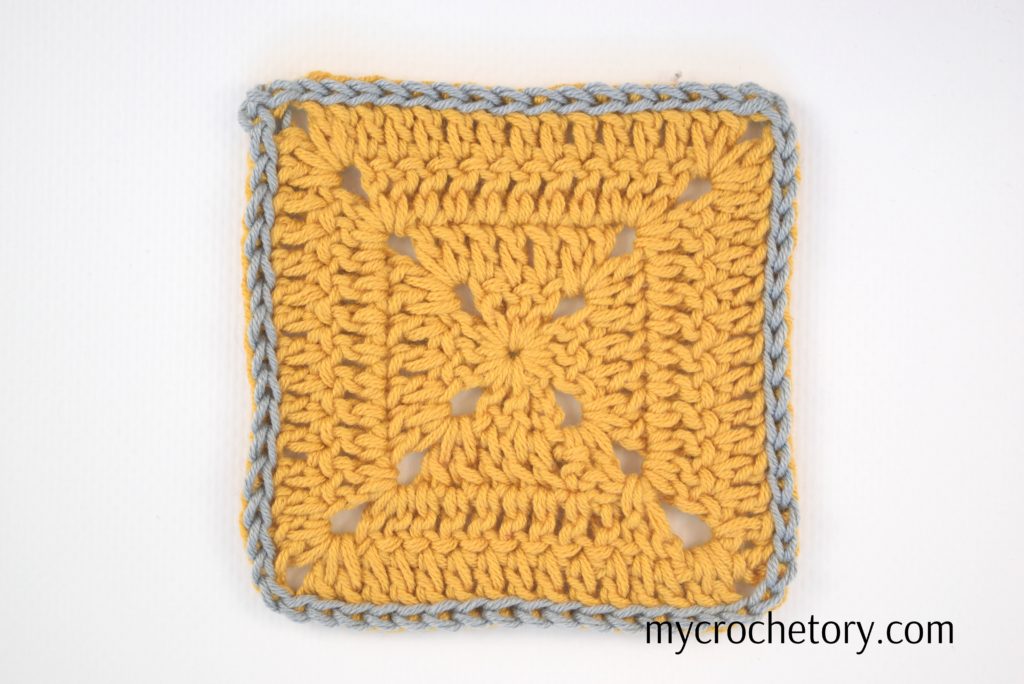
Surface Crochet
Now, here’s a trick for adding some flair to your crochet projects. With surface crochet, you can create decorative designs on the surface of your fabric.
Use the slip stitch to “draw” on your work, adding a personalized touch. It’s like doodling with yarn!
Experiment with different patterns and watch your crochet pieces transform into unique works of art.
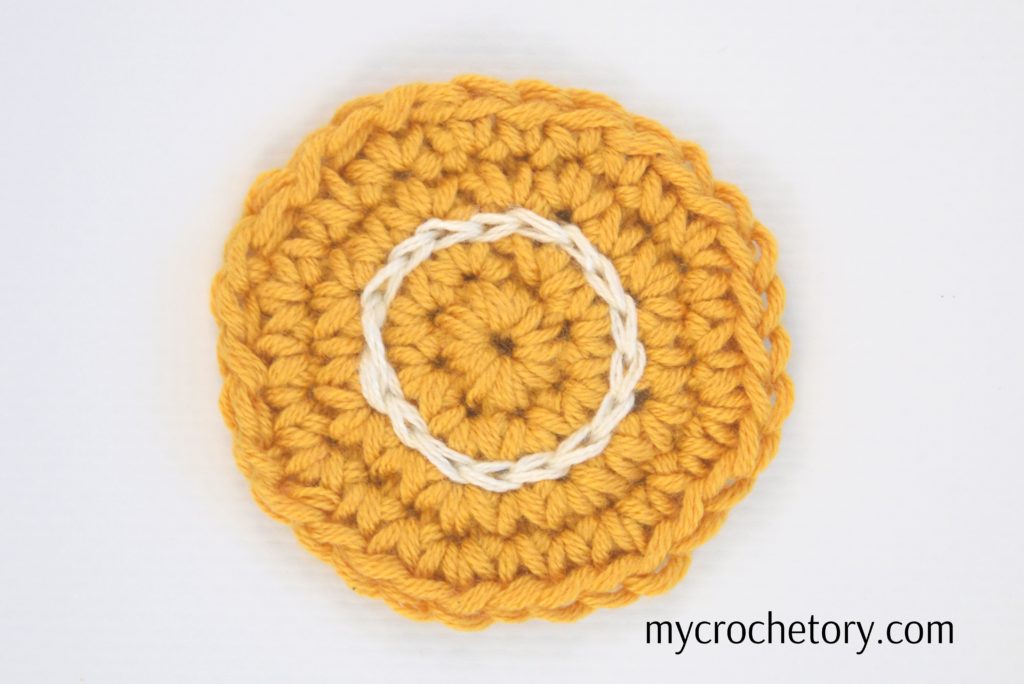
Joining Rounds
Take your crochet to the next level by using the slip stitch to join rounds seamlessly.
Whether you’re working on hats, blankets, or any circular project, the slip stitch ensures a smooth and invisible transition between rounds.
Insert, yarn over, and pull through to maintain the flow of your design.
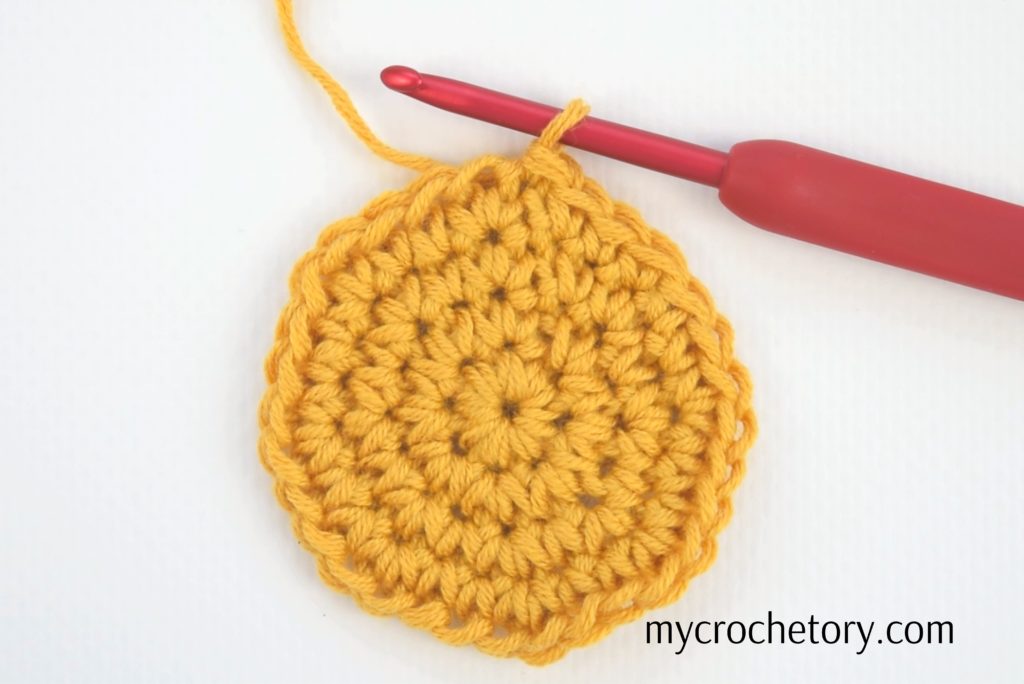
Tips and Tricks for Perfect Slip Stitches in Crochet
Creating slip stitches in crochet is easy with a few helpful tips. Let’s explore some tricks to make your slip stitches perfect every time!
Keep Your Tension Consistent
Maintaining even tension is key to a neat slip stitch. Make sure not to pull the yarn too tightly or leave it too loose. Finding the right balance ensures your stitches look tidy and uniform.
Watch Your Hook Placement
When inserting your hook into the stitch, be mindful of its placement. Ensure you go through both loops of the stitch, and don’t accidentally skip any.
This simple attention to detail results in cleaner slip stitches.
Practice Regularly
Practice makes perfect! Spend some time practicing slip stitches to get the hang of the motion. The more you practice, the more confident and precise your slip stitches will become.
Experiment with Yarn Types
Different yarns behave in unique ways. Experiment with various yarn types to see which works best for slip stitching. Some yarns may glide more smoothly, while others might provide more texture.
Count Your Stitches
Counting stitches as you go helps prevent mistakes and ensures you stay on track. Miscounted stitches can lead to uneven rows, so take a moment to double-check your count periodically.
Relax and Enjoy the Process
Crocheting is meant to be enjoyable. Relax your hands and enjoy the process of creating slip stitches.
When you crochet with a calm and steady hand, your stitches will reflect that tranquility.
Slip Stitch Crochet Fabric Techniques
Now that you’ve got the hang of how to slip stitch in crochet, let’s explore some neat techniques to create beautiful crochet fabric.
These techniques add flair to your projects, and you’ll be surprised at how easy they are!
Ribbing with Slip Stitch
One fantastic way to use slip stitches is to create ribbing in your crochet fabric. This technique adds texture and stretch to your work, making it perfect for cuffs on sleeves or the edges of hats.
Simply alternate between slip stitches and other basic stitches in each row to achieve a ribbed effect.

Surface Slip Stitch
Bring a touch of creativity to your crochet by trying the surface slip stitch technique. This involves working slip stitches on the surface of your fabric, creating unique patterns and designs.
Experiment with different colors to make your projects pop – it’s a fun and simple way to personalize your crochet work.
Creating Texture with Slip Stitch
Elevate your crochet fabric by incorporating texture with slip stitches.
Experiment with front loop or back loop slip stitches to create raised or recessed patterns.
This technique is excellent for adding depth to scarves, blankets, or any project where you want a tactile element.
Slip Stitch Edging
Give your crochet projects a neat and polished edge by using slip stitches. This technique is perfect for finishing off blankets, shawls, or any item that requires a clean border. It not only adds a professional touch but also frames your work beautifully.
Common Slip Stitch Mistakes and Easy Fixes
Crocheting is fun, but sometimes, slip stitch slip-ups happen.
No worries—let’s chat about common slip stitch mistakes and how to fix them. Keep your yarn and hook handy as we troubleshoot together!
Loose Tension Woes
Ever find your slip stitches looking a bit saggy? That might be loose tension at play.
To fix it, pay attention to your yarn tension. Give it a gentle tug after each slip stitch to keep things snug and tidy.
Getting Twisted
Oh no, your slip stitches are going in different directions! When inserting your hook, make sure it goes through both loops of the stitch below.
This helps avoid those tricky twists. Keep it straight and steady for a smoother finish.
Uneven Slip Stitch Rows
If your slip stitch rows aren’t lining up, it’s time for a quick fix.
Count your stitches at the end of each row to ensure consistency. Adjust as needed, and your slip stitch fabric will thank you for the uniformity.
Forgetting the Yarn Over
Don’t let the yarn over slip your mind! For a proper slip stitch, remember to yarn over before pulling through.
This simple step ensures a neat and tidy stitch, preventing any accidental skips.
Tight Squeeze Syndrome
Is your hook struggling to slip through the stitches? You might be crocheting too tightly.
Loosen up a bit, especially when pulling the yarn through. Your hook will thank you, and your slip stitches will glide along effortlessly.
Ignoring Pattern Instructions
Patterns are like friendly guides, so don’t overlook them! Different projects may call for unique slip stitch techniques.
Always read and follow the pattern instructions carefully to avoid unnecessary hiccups.
Fixing slip stitch slip-ups is all part of the crocheting adventure. Remember, every mistake is a chance to learn and improve.
To sum up, mastering the slip stitch in crochet is essential for creating beautiful projects. It’s a simple yet powerful technique that every crochet enthusiast should have in their toolkit. Remember, practice makes perfect!
Reinforce the importance of slip stitching in achieving seamless and sturdy fabric in your crochet creations. The slip stitch is your secret weapon for professional-looking results.
MORE CROCHET TUTORIALS
If you found this chain tutorial helpful, you might also like posts:
- How to foundation single crochet
- How to crochet a magic ring – 3 easy ways
- How to crochet ribbing
- Mattress stitch join tutorial
- How to do intarsia crochet
Don’t forget to save this Pin for easy reference: 📌

We’d love to hear about your crochet adventures and see your beautiful creations. Drop a comment below sharing your thoughts, questions, or even your favorite crochet tips! Your voice adds a vibrant thread to our crafting community.
Sharing is caring! If you found this guide helpful, consider spreading the love. Click the share button and inspire other crocheters.
Stay in the loop with our latest crochet guides, tips, and inspiration. Subscribe to our newsletter for exclusive content straight to your inbox. Never miss a stitch—subscribe today!
Happy crocheting, and may your yarn always be tangle-free!
Join my Facebook Group and Official Ravelry Group where you can find necessary support, you can ask questions or share your finished projects.
You can also follow my Instagram, Facebook page and Pinterest.
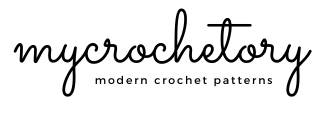
Leave a Reply